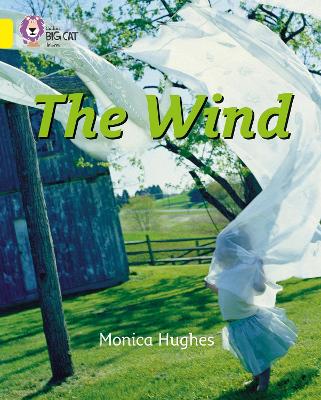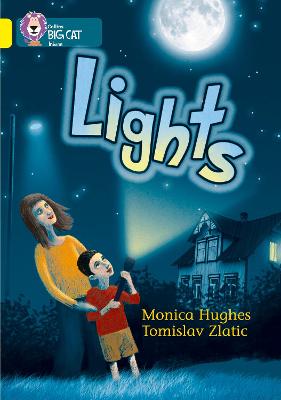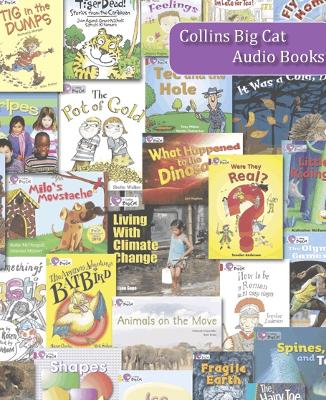Collins Big Cat Talking Books
3 total works
What can the wind blow? A collection of colourful photographs show how the wind can blow a kite, boats, leaves, seeds, windmills,sand, snow and sea. The report also shows how strong wind can be destructive blowing trees and even houses down.
- Yellow/Band 3 books offer varied sentence structure and natural language.
- Text types – A non-chronological report.
- A chart on pages 14 and 15 draw a comparison between light and strong winds giving children the opportunity to discuss wind and its effects.
- Curriculum links – Science: pushes and pulls; Geography: our local area.
- This book is paired with a story on the same theme: The New Kite by Julie Sykes.
- This book has been levelled for Reading Recovery
This book with beautiful illustrations captures the qualities of each kind of light, from sunlight to moonlight to electric light, the way it illuminates and the relationship between darkness and light.
- Yellow level/ Band 3 books offer early readers varied sentence structure and natural language.
- Text type – A non-fiction recount.
- A selection of the illustrations on pages 14 and 15 give children a chance to recap and discuss the text
- Curriculum links – Science: light and dark
- This book has been levelled for Reading Recovery.
Collins Big Cat Phonics is a guided reading series for ages 4-6 edited by Kay Hiatt. Top children's authors and illustrators have created fiction and non-fiction books that your children will love to read, banded to help you choose the right book for every child. Practical ideas for guided reading are included at the back of each book.
This gentle non-fiction talking book examines a range of feelings through the characters of a little boy and his dog.
Phonics Talking Books are read-along versions of the Collins Big Cat Phonics titles. Lively readings, sound effects and music all help to bring the books to life. Talking Books are designed to support reading comprehension and language acquisition for all children, and are ideal for working with less confident readers and children with English as an additional language.


